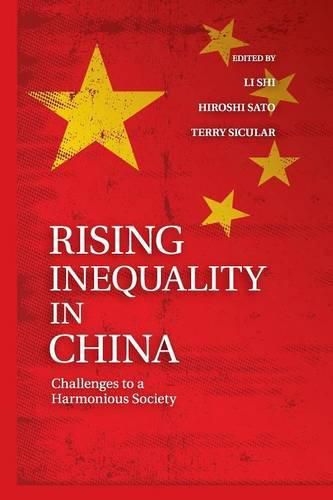Readings Newsletter
Become a Readings Member to make your shopping experience even easier.
Sign in or sign up for free!
You’re not far away from qualifying for FREE standard shipping within Australia
You’ve qualified for FREE standard shipping within Australia
The cart is loading…






This book, a sequel to Inequality and Public Policy in China (2008), examines the evolution of inequality in China from 2002 to 2007, a period when the new ‘harmonious society’ development strategy was adopted under Hu Jintao and Wen Jiabao. It fills a gap in knowledge about the outcomes of this development strategy for equity and inequality. Drawing on original information collected from the recent two waves of nationwide household surveys conducted by the China Household Income Project, this book provides a detailed overview of recent trends in income inequality and cutting-edge analysis of key factors underlying such trends. Topics covered include inequality in education, changes in homeownership and the distribution of housing wealth, the evolution of the migrant labor market, disparities between public and non-public sectors, patterns of work and non-work, gender, ethnicity, and the impacts of public policies such as reforms in taxation and social welfare programs.
$9.00 standard shipping within Australia
FREE standard shipping within Australia for orders over $100.00
Express & International shipping calculated at checkout
This book, a sequel to Inequality and Public Policy in China (2008), examines the evolution of inequality in China from 2002 to 2007, a period when the new ‘harmonious society’ development strategy was adopted under Hu Jintao and Wen Jiabao. It fills a gap in knowledge about the outcomes of this development strategy for equity and inequality. Drawing on original information collected from the recent two waves of nationwide household surveys conducted by the China Household Income Project, this book provides a detailed overview of recent trends in income inequality and cutting-edge analysis of key factors underlying such trends. Topics covered include inequality in education, changes in homeownership and the distribution of housing wealth, the evolution of the migrant labor market, disparities between public and non-public sectors, patterns of work and non-work, gender, ethnicity, and the impacts of public policies such as reforms in taxation and social welfare programs.